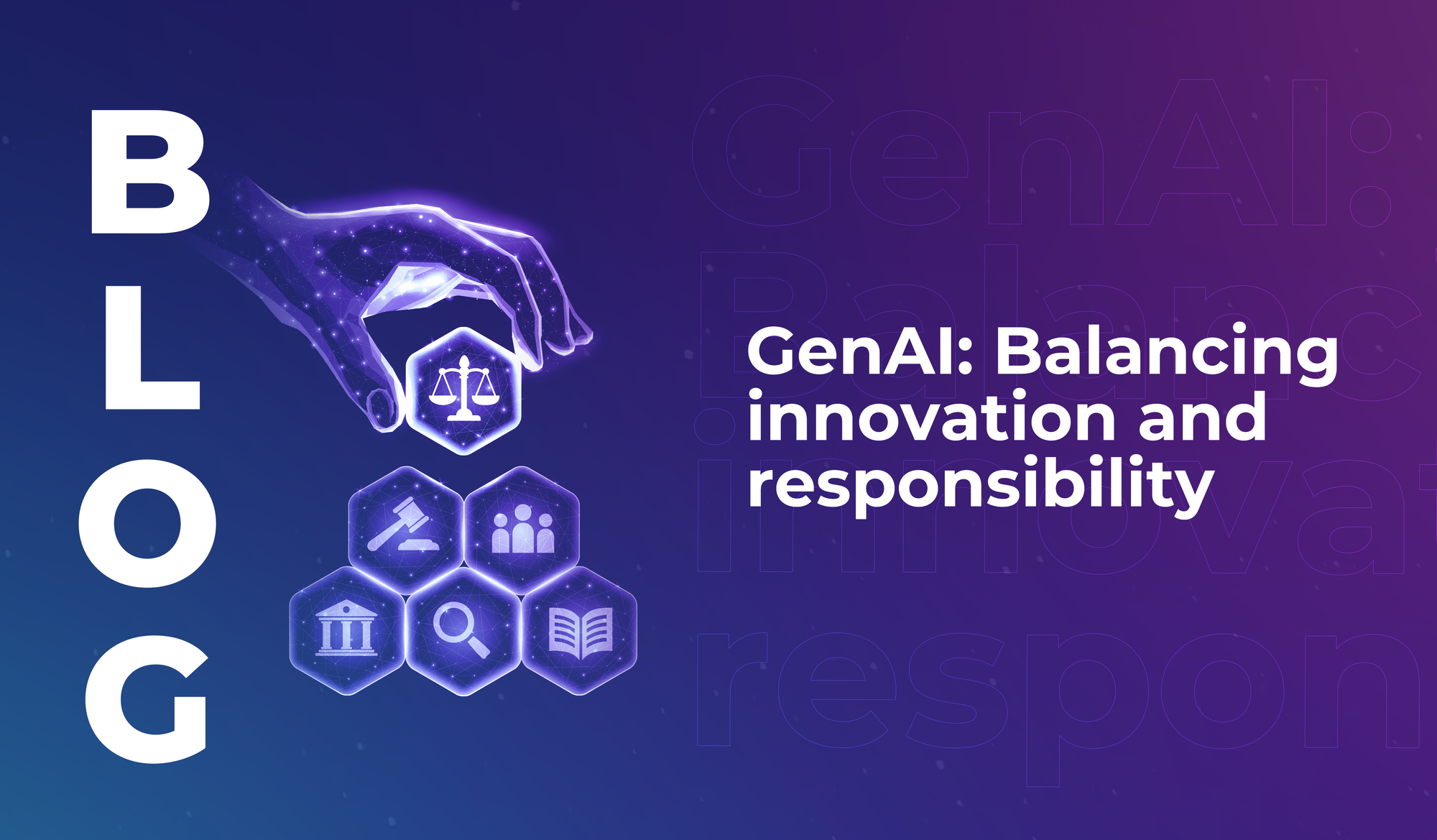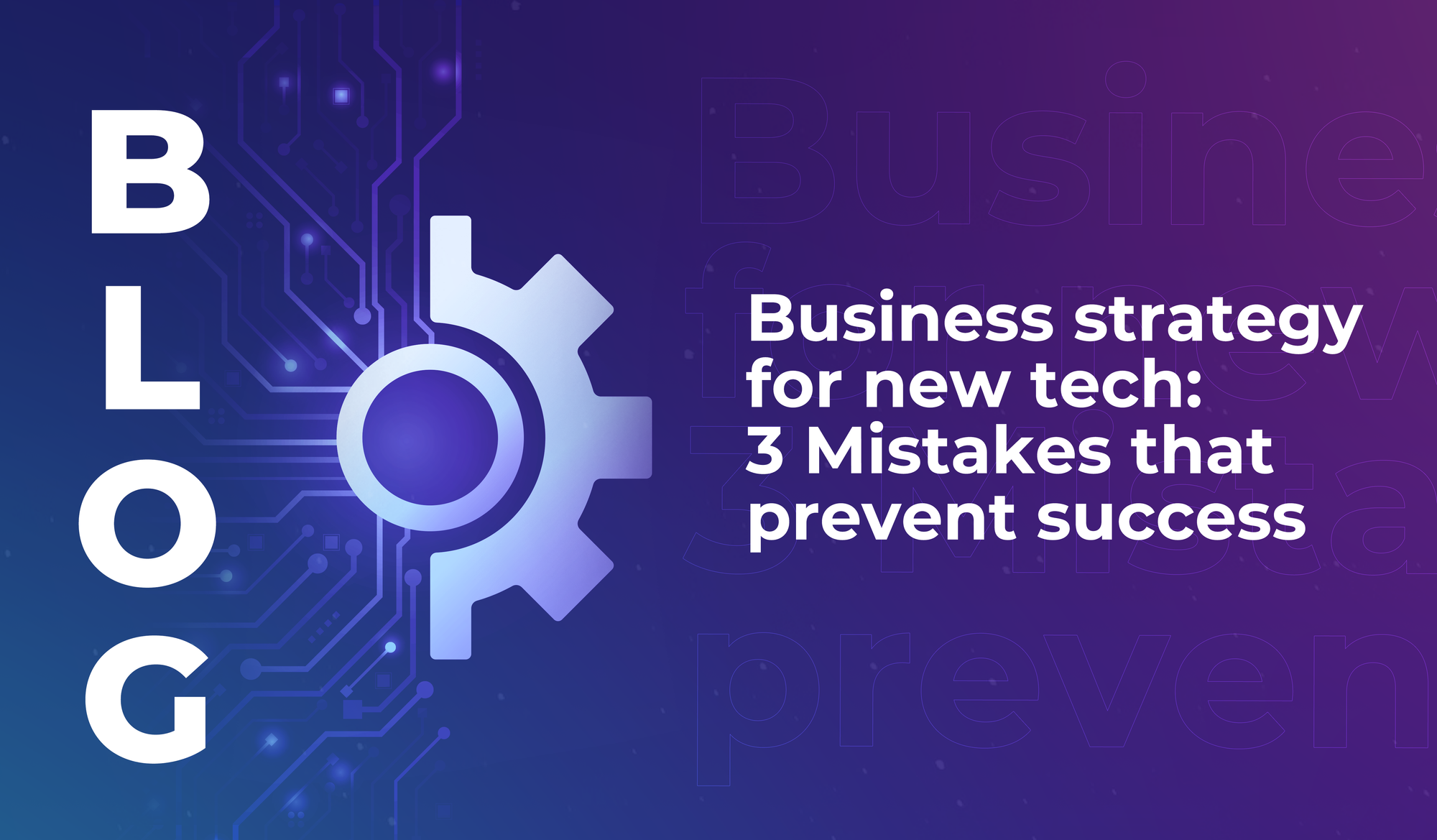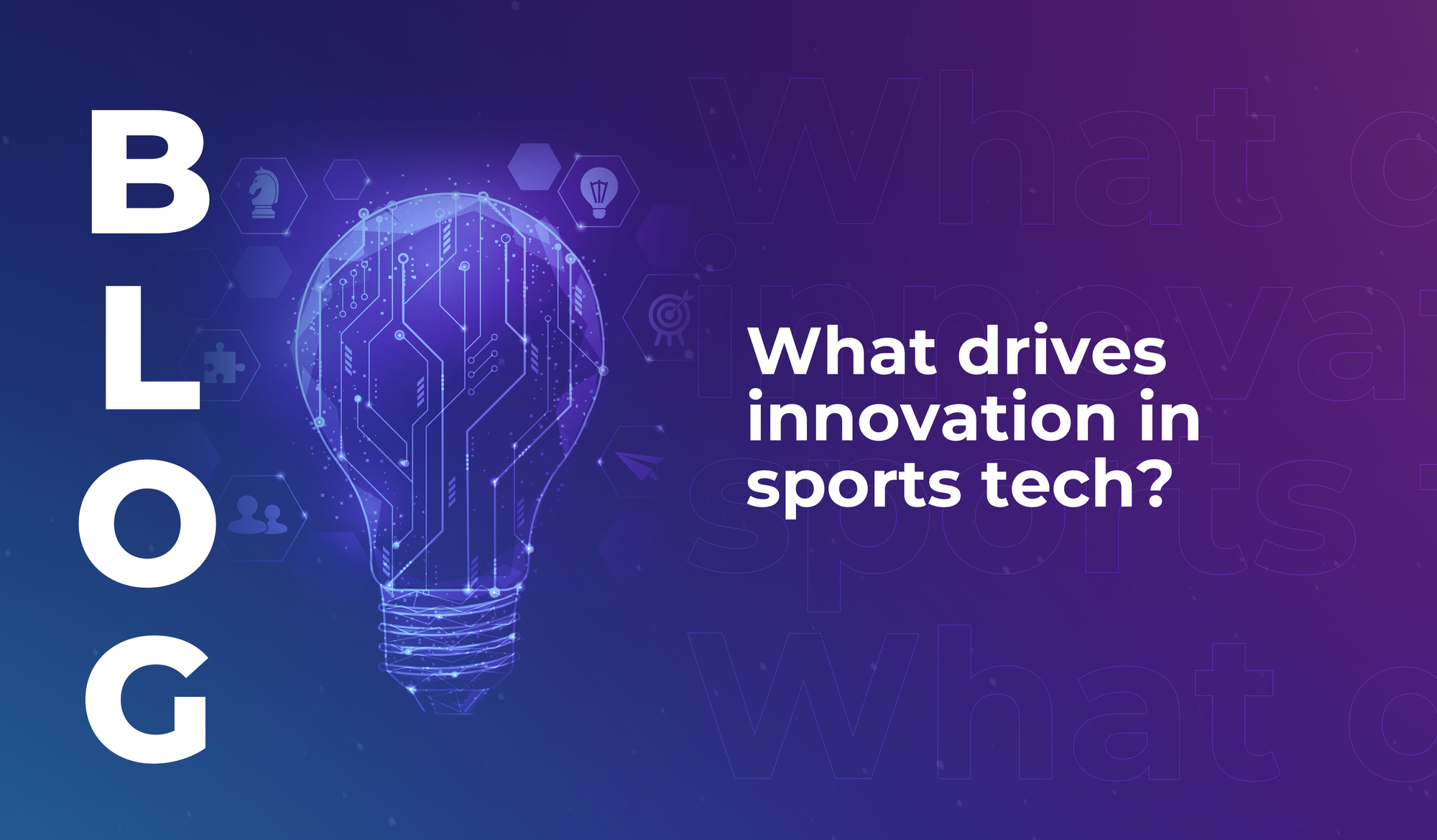
GenAI: Balancing innovation and responsibility
Have you ever wondered how artificial intelligence experts actually feel about AI? Read this.

In partnership with Infobip
Nowadays, data can be found anywhere, and most brands collect a tremendous amount of it from their customers. Data can be collected across multiple touchpoints, from purchase history to customer insights and even social media commentary. It almost makes us feel as we’re drowning in it, and although it can appear to be a lot of noise at times, there are nuggets of information in there that will help you accomplish almost anything much better.
For instance, contact center indicators such as average handling time and initial contact resolution provide information on how service practices affect the customer experience. How? Brands can use such valuable data to develop richer consumer experiences through comprehensive examination across channels. In fact, businesses across major consumer-facing industries in MENA, including Banking and Financial Services, Healthcare, Hospitality, E-Commerce, etc., are embracing the latest technologies and marketing tools to make sure their customers are receiving the best digital customer experience.
Before we dig deeper into the subject, let’s define both customer experience and big data to clarify their main roles in contributing to your business.
Customer experience and Big Data: The definition
We all know that the customer experience influences loyalty to a brand, but designing for a human experience is becoming a much bigger opportunity. Today, customer experience and big data are making a major influence on businesses worldwide. They appear to be having a tremendous impact on organizations throughout the world. So the question remains, how can we combine both and deliver impeccable results that impact your business?
Customer experience is the way your brand is perceived at every stage of the customer journey. It has evolved into a critical business metric, and it will eventually overtake price and product as the primary brand differentiator.
When we mention data, we usually mean big data. It is defined as extremely massive datasets that may be analyzed computationally to uncover patterns, trends, and connections, particularly in the context of human behavior and relationships.
Using a data-driven approach for marketing will assist your business in selling smarter. Let’s explore some ways you can use data to help you elevate your customer experience and achieve optimal results.
Customer experience and Big Data: The definition Big Data triggers personalisation and deeper connections
Having an app or website for customers to communicate with you is no longer enough in today’s digital marketing world. According to our customer engagement report, 54% of people are annoyed by impersonal messages and most likely will switch to a competitor if they perceive you as a pushy and self-serving brand.
Customers expect a smooth and personalized experience that is tailored to fit their needs and interests. It’s all about giving the right information at the right time via the right channel. And that entails tailoring a one-of-a-kind experience that builds a deep connection with each individual. This is why the strength of a digital marketing campaign lies in data.
Our customer engagement hub, Moments, allows you to get a 360-degree view of your customers to know who they are, how they’ve engaged with you in the past, and what they are interested in now. With the power of this data analytics, you can make recommendations based on their behavior to keep them engaged and wanting more.
Tailored marketing campaigns
Today, we are living in a world where generic marketing correspondence does not get you recognized anymore. Instead, you will need to tailor your content to meet your customers’ expectations. For example, you could segment your email, SMS, or WhatsApp lists and personalize your content based on the interactions they’ve had with your contact center or website.
With Infobip you get a single hub for managing customer marketing campaigns, and you can tailor the journey for each customer to deliver that 1-on-1 personalized effect. Each client can receive their own dashboard with:
Customer experience and Big Data: The definition Using analytics to streamline CX and see where changes can be made
The power of data isn’t in the insights you find, but rather in the decisions you make based on your findings. According to a recent study, 80% of data is never leveraged to create adjustments or changes that customers desire. This is why you should focus on taking action instead of over-analyzing data. It really won’t matter how much data you have if your customers don’t see a difference or experience any improvement.
Using a customer engagement hub is a great way to gain insight into your consumer engagement and data. It is usually designed to work with different applications, including CRM and salesforce and allows you to connect data easily via Open API. Infobip’s Moments allows you:
Customer experience and Big Data: The definitionLet us help set up your business for success
As businesses collect various types of data on their customers, taking a strategic and customer-centric approach to analyzing this data will result in better service practices and, most importantly, better customer experiences. We understand that meeting and exceeding customer expectations isn’t as easy as it used to be, and so if you’re looking to elevate your customer’s experience by utilizing data to its maximum potential, let’s talk!

Have you ever wondered how artificial intelligence experts actually feel about AI? Read this.

A tech business strategy expert shares the biggest mistakes that tech innovators make, and explains why an effective business model is more important than a cutting-edge product.

We ask Rodi Basso (CEO at E1 Series) to share his perspective on sports innovation and the rapid evolution of sports tech.

Have you ever wondered how artificial intelligence experts actually feel about AI? Read this.

A tech business strategy expert shares the biggest mistakes that tech innovators make, and explains why an effective business model is more important than a cutting-edge product.

We ask Rodi Basso (CEO at E1 Series) to share his perspective on sports innovation and the rapid evolution of sports tech.